7 things that are attracting pests to your home
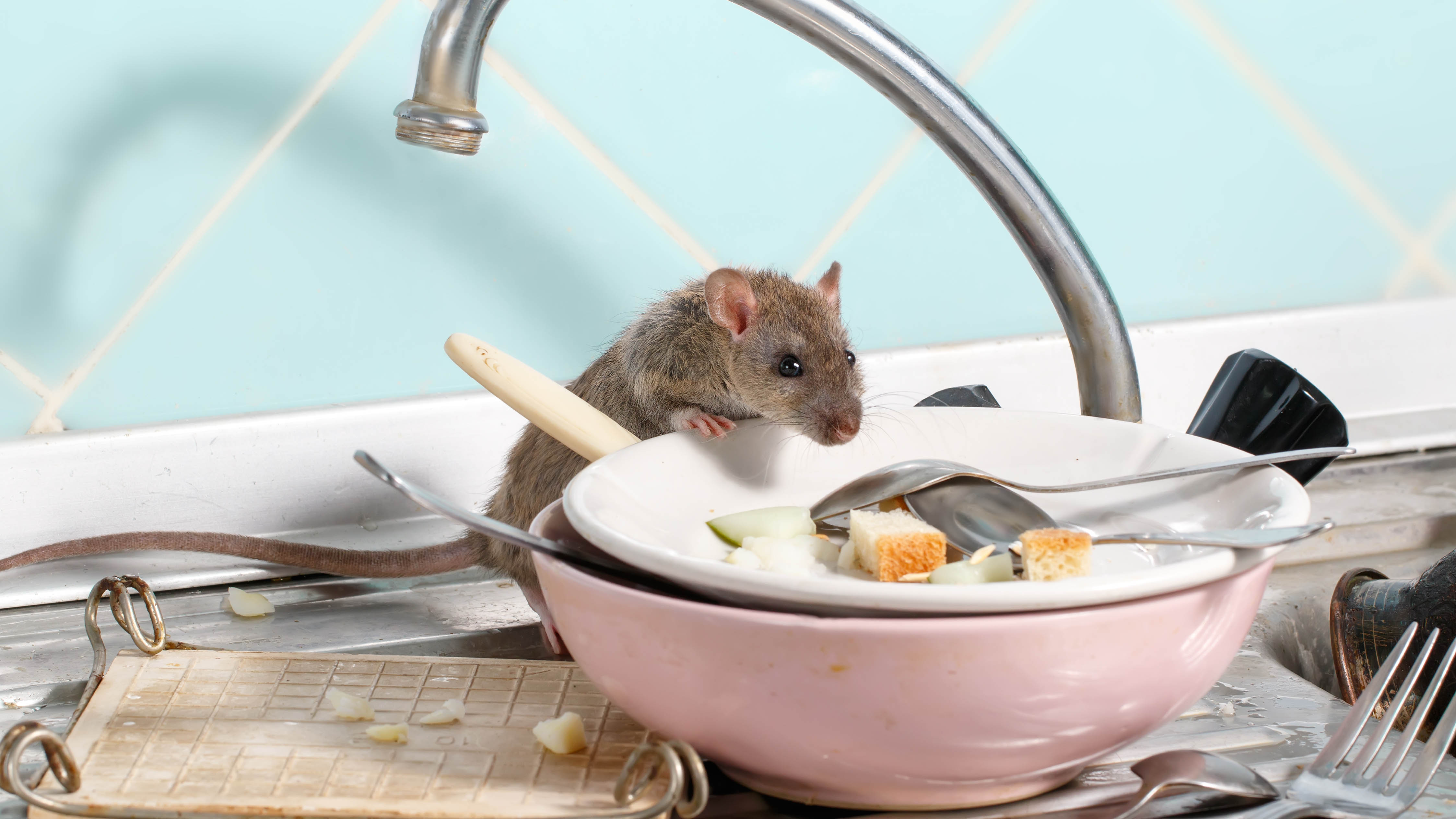
Every pest requires its own treatment to remove. Whether you’re dealing with mice or learning how to get rid of roaches, the directions will vary. But, having said that, most are attracted to similar conditions. If your home offers such an environment, it's likely that pests of all varieties will continue to invade, so you might want to stop and consider what’s luring them in to start with.
Certain items and areas around the home can attract all kinds of pests if left unaddressed. Ignoring just one of these can invite rodents as well as bugs back time and time again, resulting in unhygienic living conditions and expensive removal products. So it’s essential that you keep on top of these spaces to make your home less appealing and accessible in the future.
Here are 7 everyday things that attract pests to your home and how to keep them in check. Plus, 5 things not to do when repelling pests, according to experts. And these are the 7 telltale signs you have mice in your home.
1. Garbage
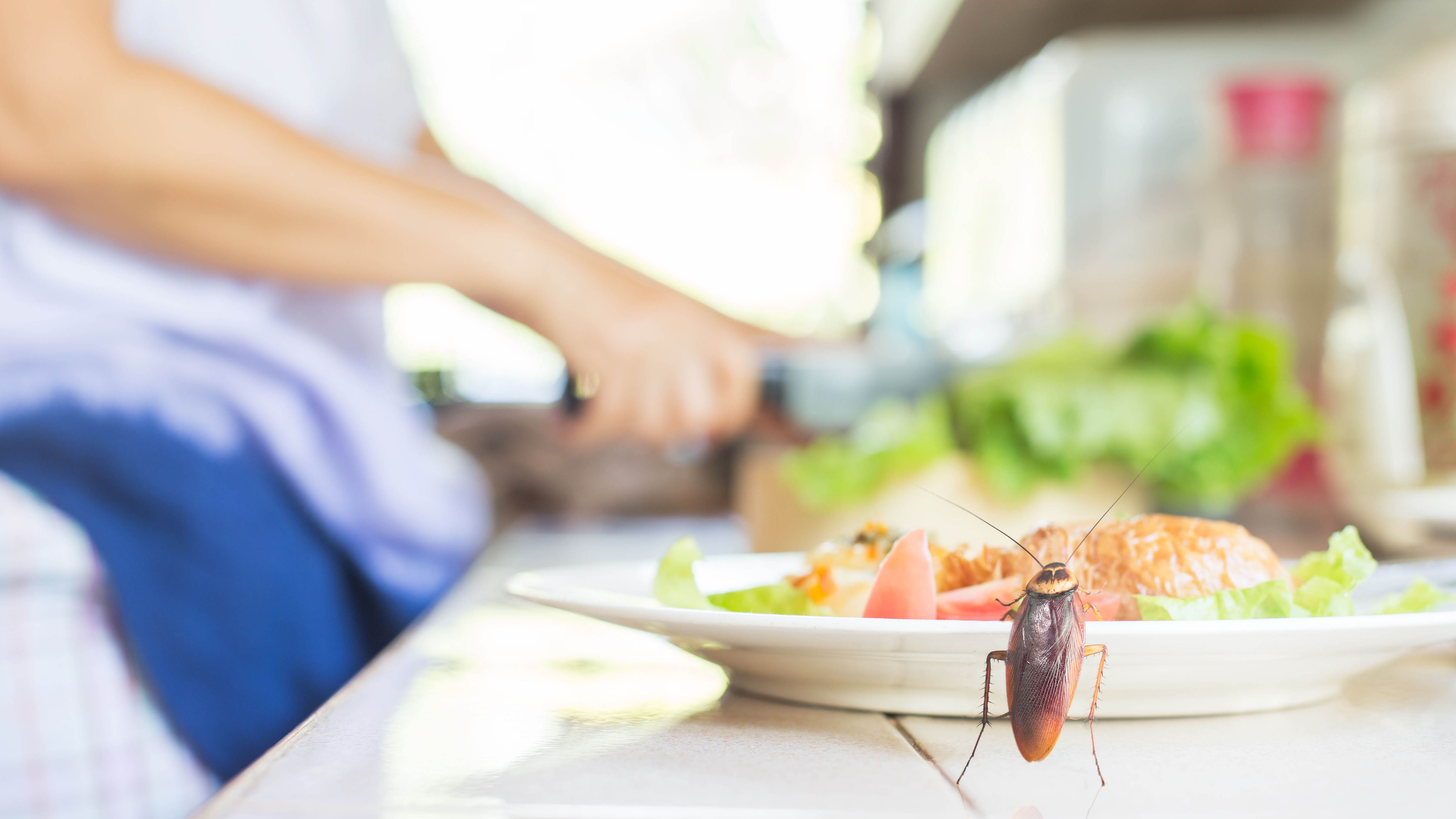
It might sound obvious, but garbage and residual food waste are a huge attraction to pests of all shapes and sizes. And few people can boast a garbage can that’s never overflowing. Open trash, whether indoors or outside, can attract mice and rats, roaches, racoons and even mosquitoes. Some will make a meal of what they find, whereas insects, such as mosquitoes and flies, will use the space to lay their eggs.
Don’t leave food lying around unattended; once finished, throw away any waste immediately. Make sure the trash container can close and seal itself effectively. If you’re dealing with racoons, you might even want to give your outdoor trash can an extra layer of protection by locking the lid down with an item such as this Blazer Brand Strong Strap Stretch Latch ($32, Amazon). Rotate and empty your trash cans regularly, so the trash doesn’t have a chance to degrade and smell (even more), and clean your trash cans when required to keep things fresh. This will make it less appealing to passing pests.
2. Blocked gutters
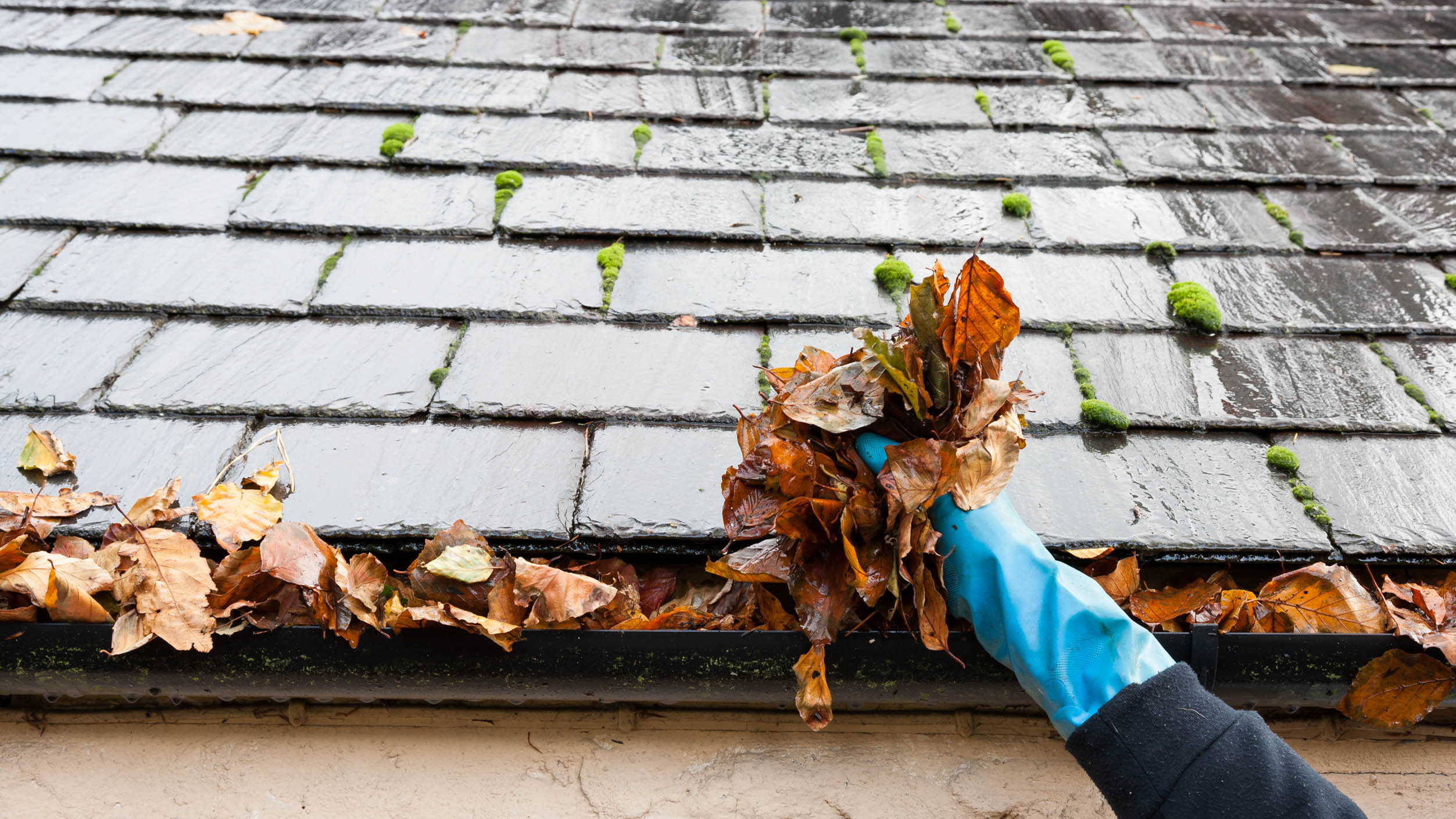
Blocked gutters are a nuisance to say the least. Repeatedly climbing and descending a ladder to remove the debris is often the solution, although we’ve found out how to clean gutters — with or without a ladder. Blocked gutters can cause residual water damage to your home, so it’s not something to ignore. On top of this, it can actually attract a variety of pests too.
First, blocked gutters provide an ideal breeding ground for mosquitoes. This is because it offers the necessary stagnant water to lay eggs. Wasps might flock to this area too — dark, damp and quiet; gutters can make for ideal nesting grounds for these insects. And the unwelcome guests don’t stop there; roaches can also make a home of blocked gutters. This space offers food, water and shelter to such critters. That’s why you must inspect your gutters regularly, especially after high winds or a storm, and de-block when necessary.
Get instant access to breaking news, the hottest reviews, great deals and helpful tips.
3. Leaky pipes
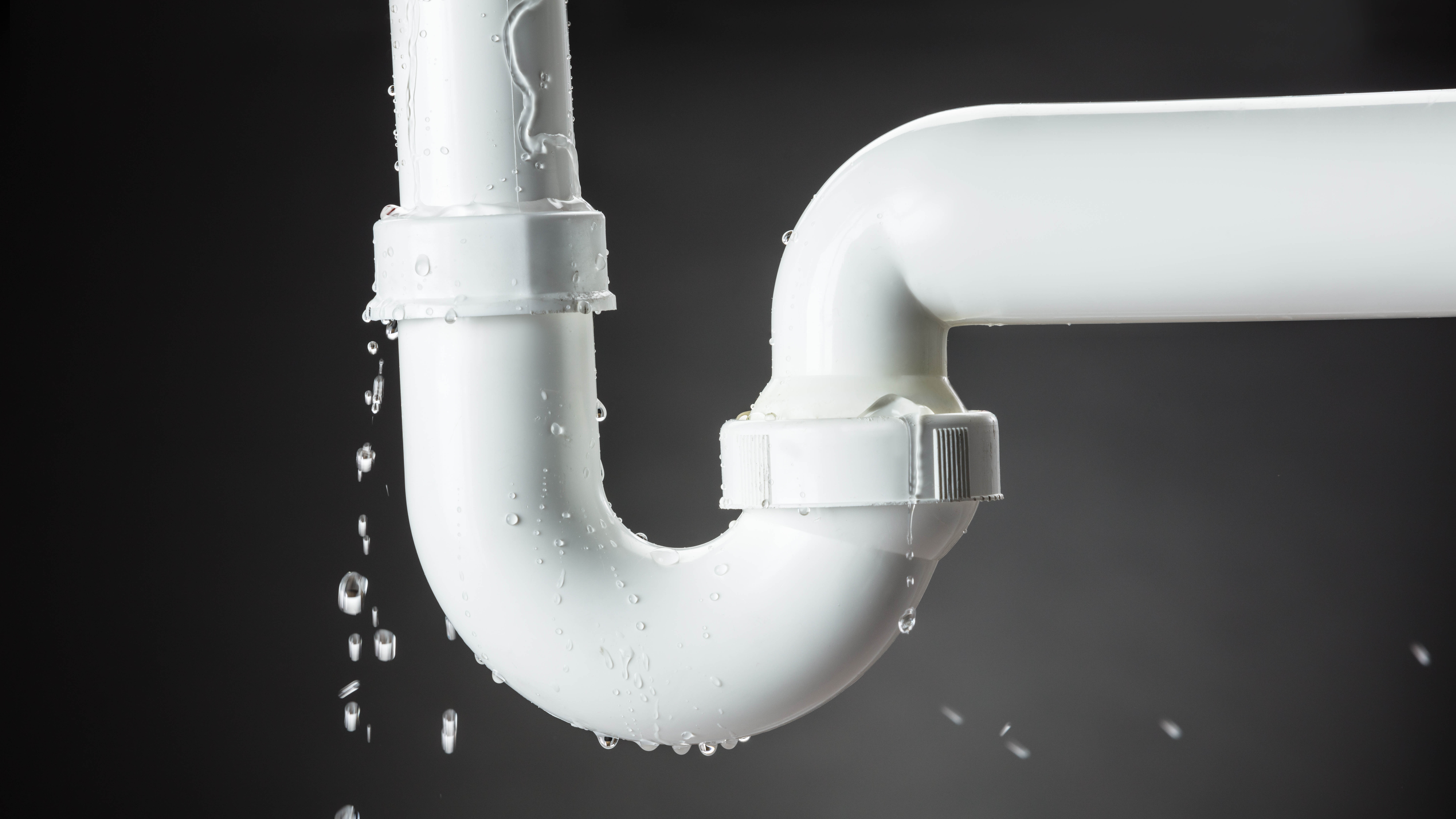
It’s easy to spot a leaky faucet, and there are ways to learn how to fix a leaky bathtub faucet without a professional. But, pipes can leak in less obvious and accessible spaces, such as underneath cabinets or behind walls. If a leak such as this goes unfixed, it will lead to expensive repairs, as well as a damp and humid environment — ideal for all sorts of pests.
This will attract pretty much any pest which requires water, but the usual visitors include roaches, silverfish, termites and even spiders. Use one of the best water leak detectors to keep your pipes in check — make any repairs as soon as possible. Make sure you ventilate your home to reduce humidity levels as well, such as by opening windows and doors. One of the best dehumidifiers can help reduce moisture in an enclosed space.
4. Clutter
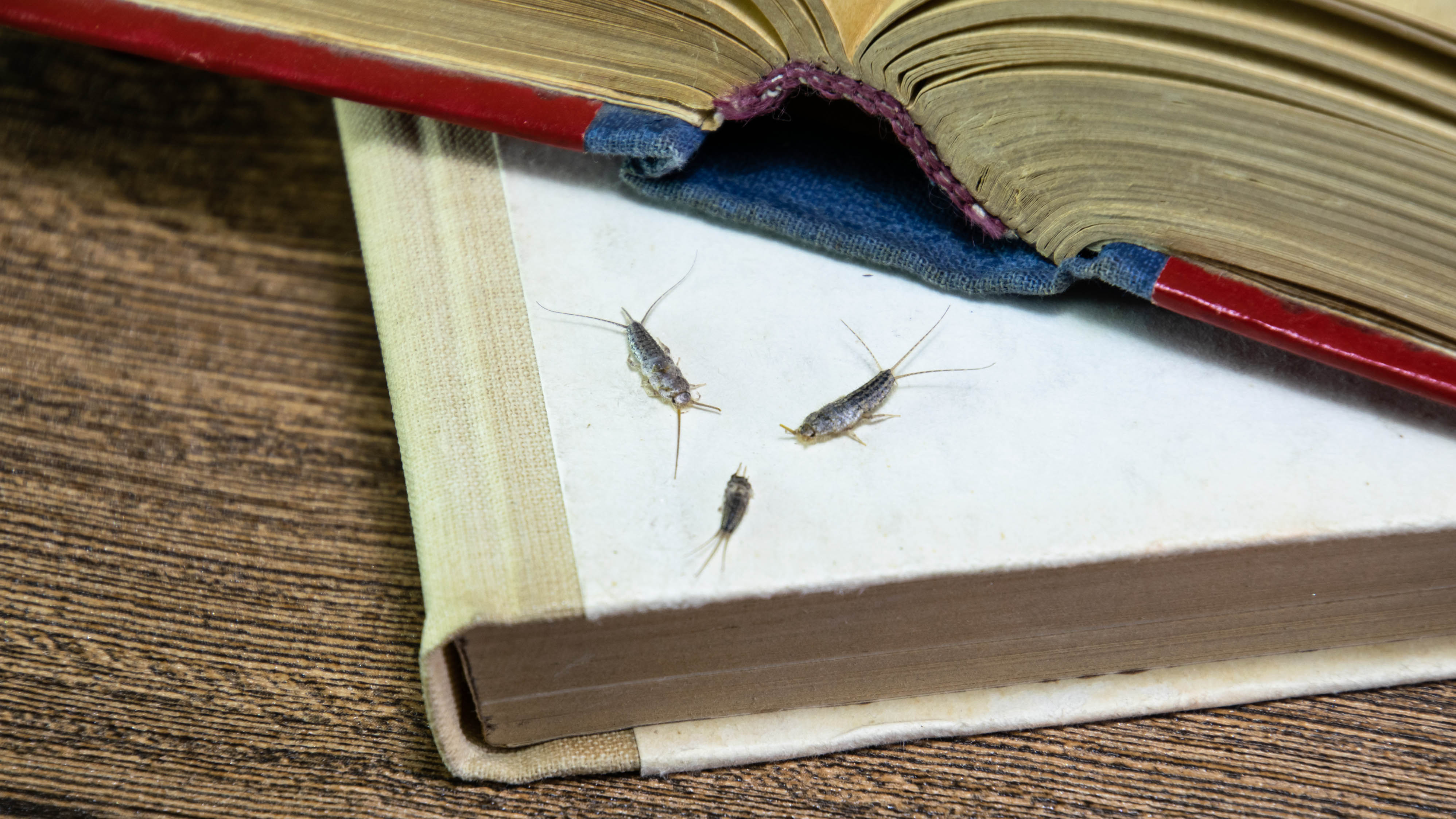
Even if you keep a clean home, clutter can contribute to pest problems. This is because it offers places to hide, safe from potential predators. So if you’ve got a cluttered home, organize and remove such items — an open and bright space is far less inviting versus a dark and cluttered one.
Keep in mind that some clutter can also serve as a food source or even a breeding space for certain pests, particularly if it's stored in a quiet and secluded room, such as in the attic. Cardboard boxes and newspapers can act as both for roaches for instance. While carpet beetle larvae will make a meal of any stored organic textiles, and silverfish will feed on paper. Remove such materials and keep items stored in airtight plastic containers, such as these IRIS USA 12 Quart Stackable Plastic Storage Bins ($44, Amazon). A clean and tidy home will ultimately be less appealing to pests.
5. Bird seed
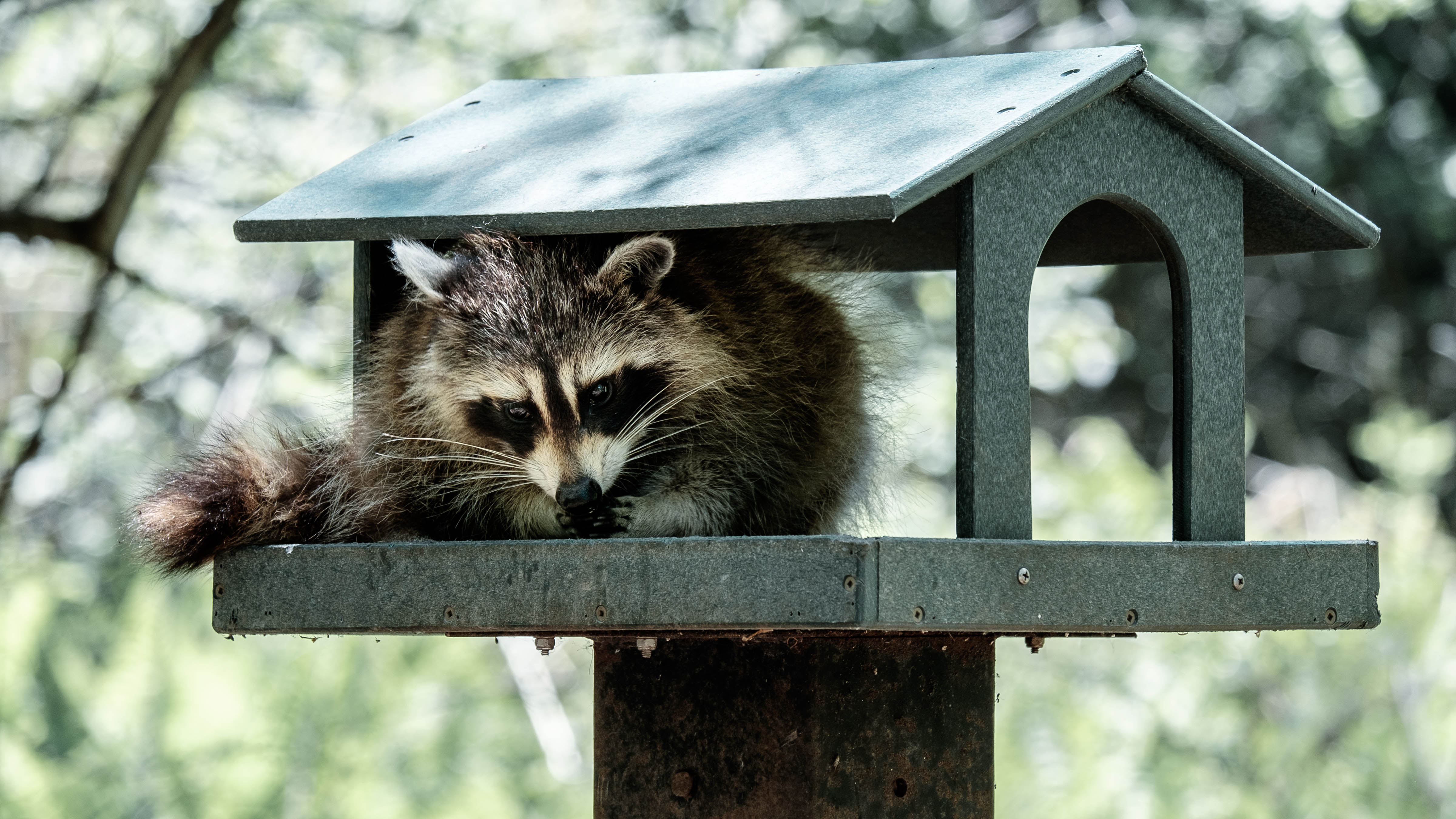
While bird seed can attract no end of colorful birds, it’s a food source at the end of the day, and so unwelcome pests might visit your yard too. To name a few, squirrels, rats, chipmunks and racoons will take advantage of scattered bird seed, particularly if it’s easily accessible or spilled on the floor.
Make sure your bird seed is stored in a feeder which is secure. You can even get pest-proof designs, such as this Squirrel Buster Mini Squirrel-proof Bird Feeder ($39, Amazon). Should any seed spill from the feeder, clear it up as soon as you can. Make sure you change the seed regularly as well to stop it from building up mold and bacteria. We recommend changing it every 5-7 days. If there are any other obvious food sources on the ground, such as fallen fruit from fruit trees, keep on top of these as well.
6. Compost
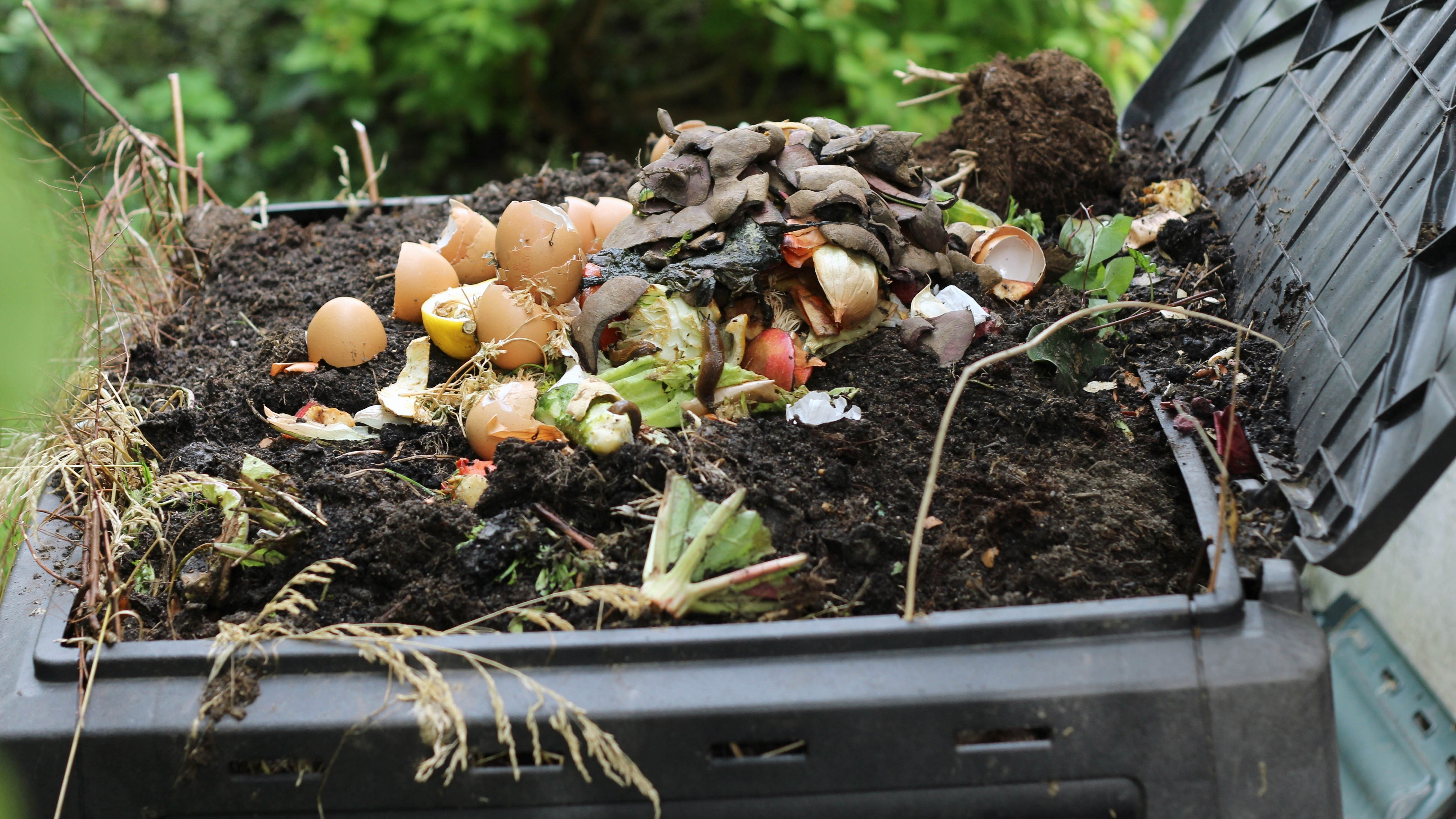
Composting provides a nutrient-rich mulch for our yards, promoting better plant growth from our recycled waste. All of your leftover fruit and vegetable scraps can be thrown on the compost heap, along with all kinds of garden matter, although there are 11 things you should never throw on the compost heap.
With food waste being a predominant contribution to the compost heap, it’s no wonder that it can attract pests from far and wide. There will inevitably be bugs in such conditions, some of which are beneficial to the process, but you don’t want it to be overwhelmed with such critters, or to become a breeding ground. Larger pests such as rats and racoons might pay a visit too, which can make a real mess. Turn your compost regularly and keep its consistency evenly balanced between garden and kitchen waste to deter pests. Make sure it’s properly sealed and inaccessible to larger pests as well.
7. Cracks and openings
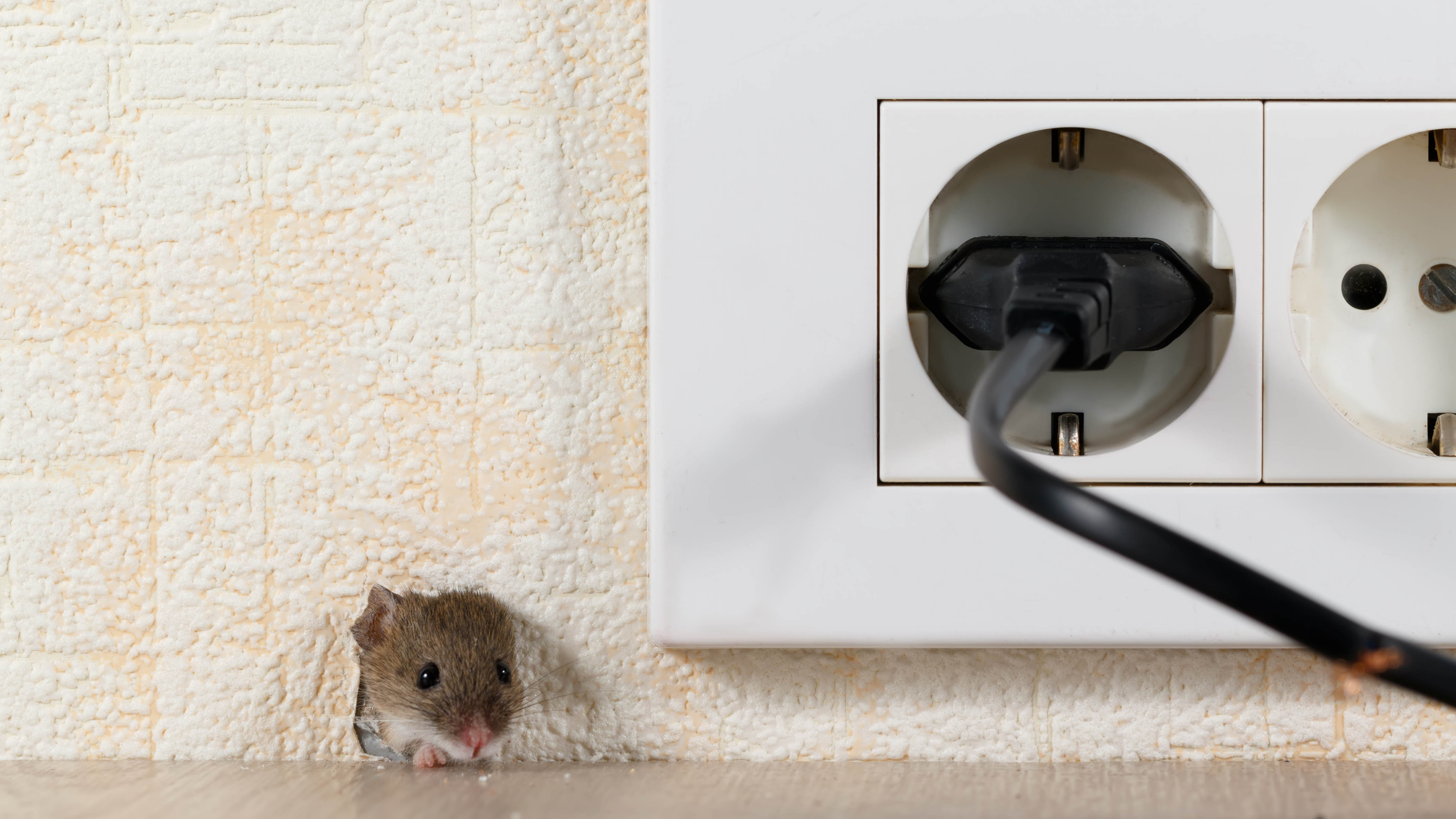
Even without food and water sources, your home offers a shelter at the very least. In the winter, it can provide warm and dry conditions for pests. So keep it inaccessible as best you can by sealing up any cracks and holes as they appear.
Make sure the gap around your doors is finely sealed; you can always use a door stopper to act as an extra barrier against pests, such as this BAINING Metal Door Draft Stopper ($24, Amazon). Fix any holes in your window screens and caulk any cracks around the home. If you can’t find any potential entrances, but pests continue to frequent your home, you might need to hire a professional to find and seal the source of the problem.
Tom's Guide

Katie Mortram used to be a Homes Editor for Tom's Guide, where she oversaw everything from kitchen appliances to gardening tools, as well as smart home tech. Specializing in providing expert advice for cleaning and home manintenance, she now works as Household Advice Editor for Good Housekeeping.
